Piecing Together A Better Community
Challenges remain on the road to inclusion
Photo: Miriam Brown
For senior Paige Madison, the learning experiences in her fifteen years at St. George’s haven’t just been academic.
She remembers how nervous she was on her first day of school when she joined 19 other students in the first class at the St. George’s Memphis Campus. Now, Madison is preparing to graduate with some of those same students, alongside others who began at a sister suburban campus in Germantown. Students from the two campuses, one prominently placed on Poplar Avenue in Germantown and the other in the middle of Orange Mound, coming together on a middle and upper school campus in Collierville has become one of the distinguishing features of St. George’s.
For Madison, that feature is what has helped her and her classmates learn from each other and grow together.
“Coming through middle school and high school, there were tons of learning experiences,” Madison said. “It was new for everyone, and I think, in situations like that, you really get to understand how people react to certain situations, new things, new personalities and new people who are different from you.”
The Bigger Picture
This unique three-campus model and commitment to transformative diversity was what drew the current Head of School, Mr. Ross Peters, to St. George’s.
“I was fascinated by the complexity of the school,” Mr. Peters said. “If you can do the sort of work the school aspires to do in Memphis, you should be able to do it anywhere, so I was sort of fascinated by the idea that the school wanted to be part of something greater than itself.”
Former school president Mr. Rick Ferguson was instrumental in the development of the Memphis Campus and the idea of creating a diverse middle and upper school. Not only did Mr. Ferguson grow up in Memphis, but he also grew up working at his father’s radio station, WDIA, the first radio station in the United States for African Americans. Thus, when Mr. Ferguson came to Germantown Campus, which had little racial diversity, he and the board of trustees saw an opportunity to have an early impact on race relations.
“When I returned to Memphis to lead St. George’s, I knew our school needed to become more diverse, more real world, in order to best serve our current students and to do our part to promote a more inclusive and enlightened community within the broader Memphis area,” Mr. Ferguson said.
Memphis has a history of being a racially divided city that struggles to create and maintain a healthy, inclusive community, so if St. George’s succeeded, it would be an early model for race relations in a city with a lot of negative racial history. However, not everybody believed in the mission like Mr. Ferguson did.
After the idea of the Memphis Campus was born, Mr. Ferguson went door-to-door in the neighboring community promoting the new model to families, but people were doubtful of his plans.
“This doubt came from some members of the African-American community feeling that St. George’s was simply being paternalistic and undertaking this endeavor to feel good about themselves, rather than genuinely wanting to help provide a path to college for many who might need financial help,” Mr. Ferguson said. “Some within the white community questioned the addition of this new campus, wondering if academic standards would be lowered.”
Other independent schools did not think that another independent school in the area was needed or feasible.
“We learned early on that we would simply have to prove our intention was genuine through dedicated commitment, hard work and mostly through positive results,” Mr. Ferguson said. “Did we lose some families? Yes. Did we lose some board members? Yes. Yet, we believed deeply in what we were attempting, and still do today.”
Mrs. Mim Brown*, middle school teacher and middle school Diversity Committee representative, was one of the parents who stood behind St. George’s and its mission during this time.
“Obviously, we had no model. We were doing the best we could,” Mrs. Brown said. “I think we knew we were going to make mistakes. We have made mistakes, but the commitment to try to recognize the mistakes, work through them, figure them out, get better and make it work has been huge.”
In spite of these mistakes, Mrs. Brown has watched the Memphis community begin to take notice and realize that St. George’s is passionate about creating a diverse, inclusive community. According to Mr. Timothy Gibson, Director of College Guidance and Student Life as well as Diversity Committee Head, about 25 percent of the St. George’s student population from pre-kindergarten to twelfth grade are minorities, a percentage that has experienced much growth over the years.
“What has begun to happen is, even though only so many students are at the Memphis Campus and transitioning over to the Collierville Campus, students from all over and families from all over who are committed to diversity are becoming interested in St. George’s,” Mrs. Brown said. “The mission of diversity took on a life that was even greater than the three-campus model.”
Mr. Ferguson agrees that St. George’s, in its brief history as a high school, has already surpassed expectations.
“I think we’ve exceeded where we hoped we would be at this point in our development,” Mr. Ferguson said, “and yet, many challenges remain as we seek to sustain what we’ve worked so hard to achieve.”
Starting the Conversation
In recent years, with the most diverse classes in the school’s history leading the charge, St. George’s has increased its focus on creating a more diverse, inclusive community and student body.
America is experiencing a volatile time in its history. There have been controversies surrounding the deaths of African Americans in the hands of the police, including Michael Brown, Eric Garner and Freddie Gray, and protests over such incidents on college campuses, from the University of Missouri to Wesleyan College. Racial tensions appear to be at an all-time high, and St. George’s is not immune to these tensions.
“I’ve heard stories of the N-word at other schools. Here, I heard we had an incident or two,” sophomore Shynia Smith said. “I feel like, if we have had more incidents, we just don’t know about them, but I also think we don’t have that many because we’re just not like that.”
Smith’s impressions seem to be shared by a number of students who said in interviews that they had heard rumors of racial issues but had not actually witnessed incidents. Regardless, Smith favors increased dialogue about these rumors and any other racial incidents that occur.
“I feel that sometimes we sweep racial issues under the rug when we should just talk about them more because, if we talk about them, we can move closer to getting the problems solved,” Smith said. “We need to know that these things are happening. We can’t act like we’re a perfect school because we’re not.”
During the junior class trip to Victory Ranch in March, Mr. Peters said that it is easy to become more diverse but difficult to become more inclusive. St. George’s is currently the most diverse it has ever been, but that increase in diversity sometimes forces people into less comfortable interactions with people of different backgrounds.
“I want every student at our school to feel as enfranchised in the school as anyone else,” Mr. Peters said. “That’s always an impossible goal to some degree, but it’s also the critical work.”
Mrs. Brown believes these tensions are a sign of progress, a sign that the minority population has become large enough to make their voices heard.
“We don’t know what we don’t know,” Mrs. Brown said. “Yes, in a perfect world we’d be intuitive enough to get it, but our reality, my reality, is that I don’t know [there’s a problem] until someone tells me. When they tell me, I will go to bat and do absolutely all I can to make it better.”
Junior Noah Pope agreed that school administrators have good intentions, but that they often aren’t aware of what conversations students are having.
“I feel like they really want students who are discriminated against to feel like they have a voice in the school,” Pope said. “If the school isn’t aware of it, the school isn’t going to handle it.”
Sometimes this lack of communication is the problem. Sophomore Carly Owens said she felt that, other times, the problem goes much deeper.
“I feel like a lot of people are open to race, and they are very accepting of other races, but I also feel like at the same time, a lot of people still aren’t open to diversity,” sophomore Carly Owens said.
Owens believes there are two extremes in the school community: those who recognize there is a problem and those who do not. Junior Regine Miller expressed a similar concern.
“I feel like there are some people who hold prejudices, maybe that they get from home, and that’s not necessarily their fault,” Miller said. “I feel like either they see a huge difference between us [people of different races] or there are people who are like, ‘Oh, I don’t see color.’ And if you don’t see color, you don’t see the issue.”
Senior Sophia Quesada agrees that conversations about racial issues can be difficult when people have different educations on the subject, a concept that author Robin DiAngelo calls “racial illiteracy.”
“We’ve all grown up in an in-between age, between the civil rights movement and true equality, when divisions between races are less obvious,” Quesada said. “Sometimes, this makes having conversations about diversity harder.”
Mr. Gibson believes that, in spite of the difficulties, the school should have these conversations on a regular basis rather than just when issues arise.
“I don’t want us to create a climate where conversations about diversity are always reacting to a problem. It’d be better if we were creating conversations that were designed to celebrate who we are as a community,” Mr. Gibson said. “If we live in a space that is more celebratory, perhaps we’d deal with fewer issues. When good things happen, when bad things happen, we want to talk about it.”
Looking Ahead
Smith believes that Meet in the Middle, a club created this year where students can freely discuss topics such as race, is a step in the right direction. Nevertheless, she believes that these types of conversations need to be held beyond the confines of a club meeting.
Quesada said that, for any progress to be made, students first need to be more open to having these conversations.
“They can give all the classes and chapel talks and programs about diversity that they want,” Quesada said, “but no progress will be made without a change in the student body’s attitude on it all.”
Quesada said that not only must students have a change in attitude, but the rest of the community must as well. If everyone is on the same page in terms of what they want their school community to represent, St. George’s will continue on a path towards further improvement.
“I ultimately want St. George’s to be a place of learning,” Madison said, “not only academics, but learning new cultures, new languages and really embracing the fact that the world is such a diverse place.”
Madison thinks that if the school continues to improve the diversity and inclusivity of its community, it has the opportunity to become that kind of place.
“I think St. George’s is on a good track as far as where we want to go,” Madison said. “We have a long journey ahead, but we have a good foot in the race.”
*Full disclosure: Mrs. Brown is the mother of one of the authors of this article.


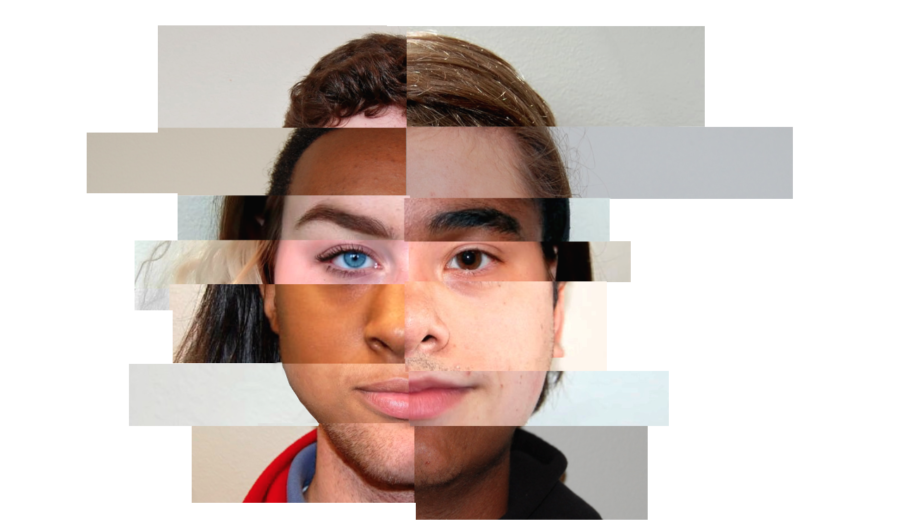
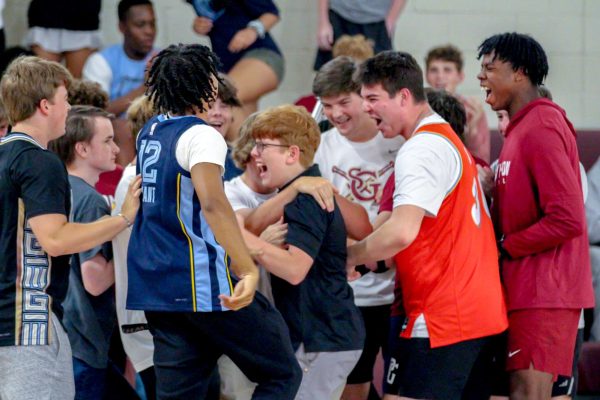

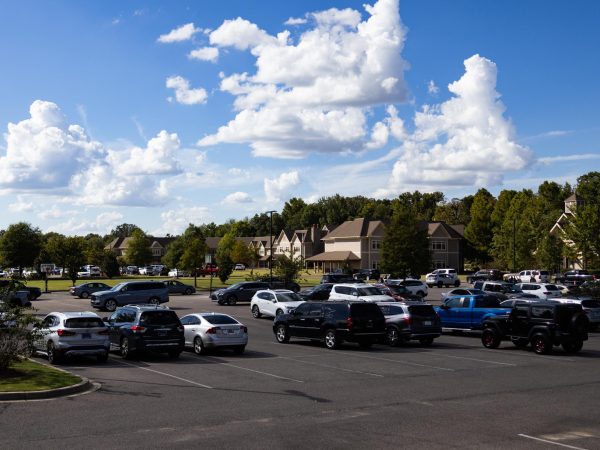
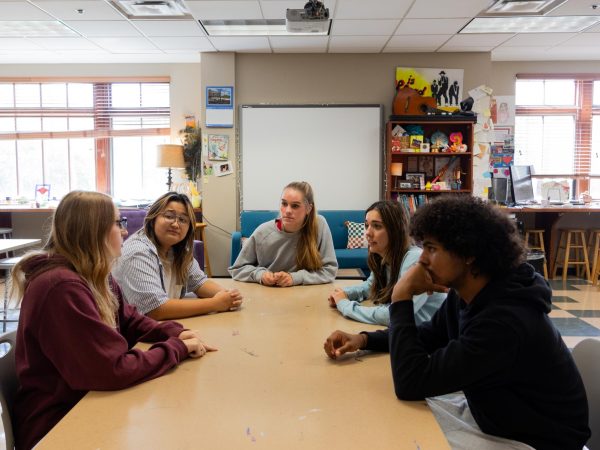

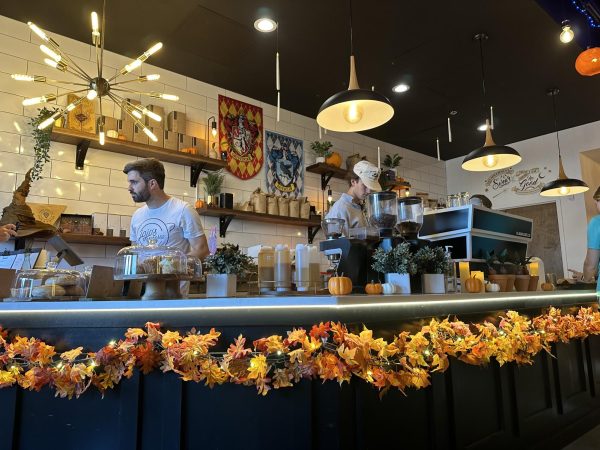


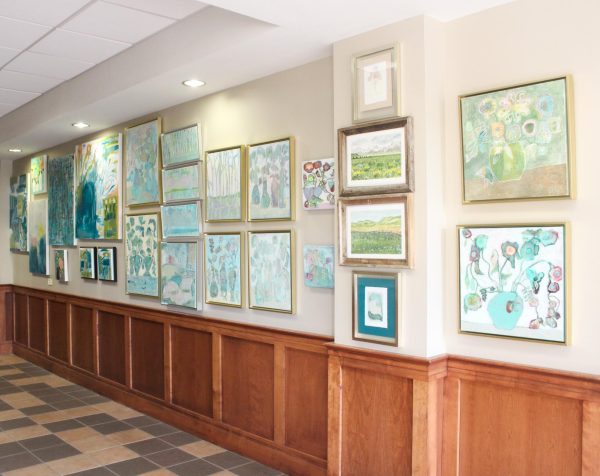
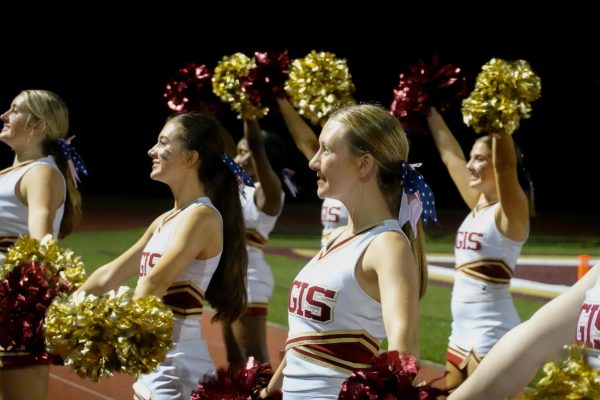
Laura McDowell • Apr 25, 2016 at 8:18 AM
personally my Favorite part of this is those high res pictures. who took those? wow. amazing.